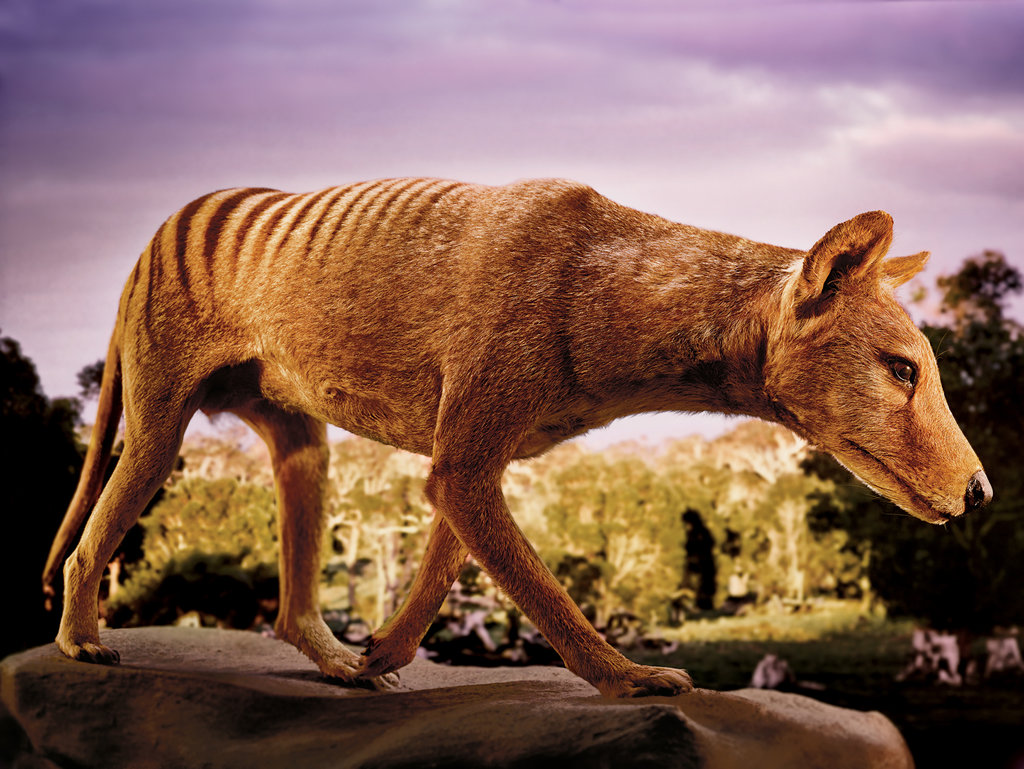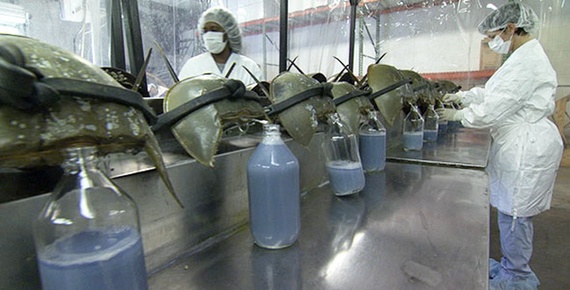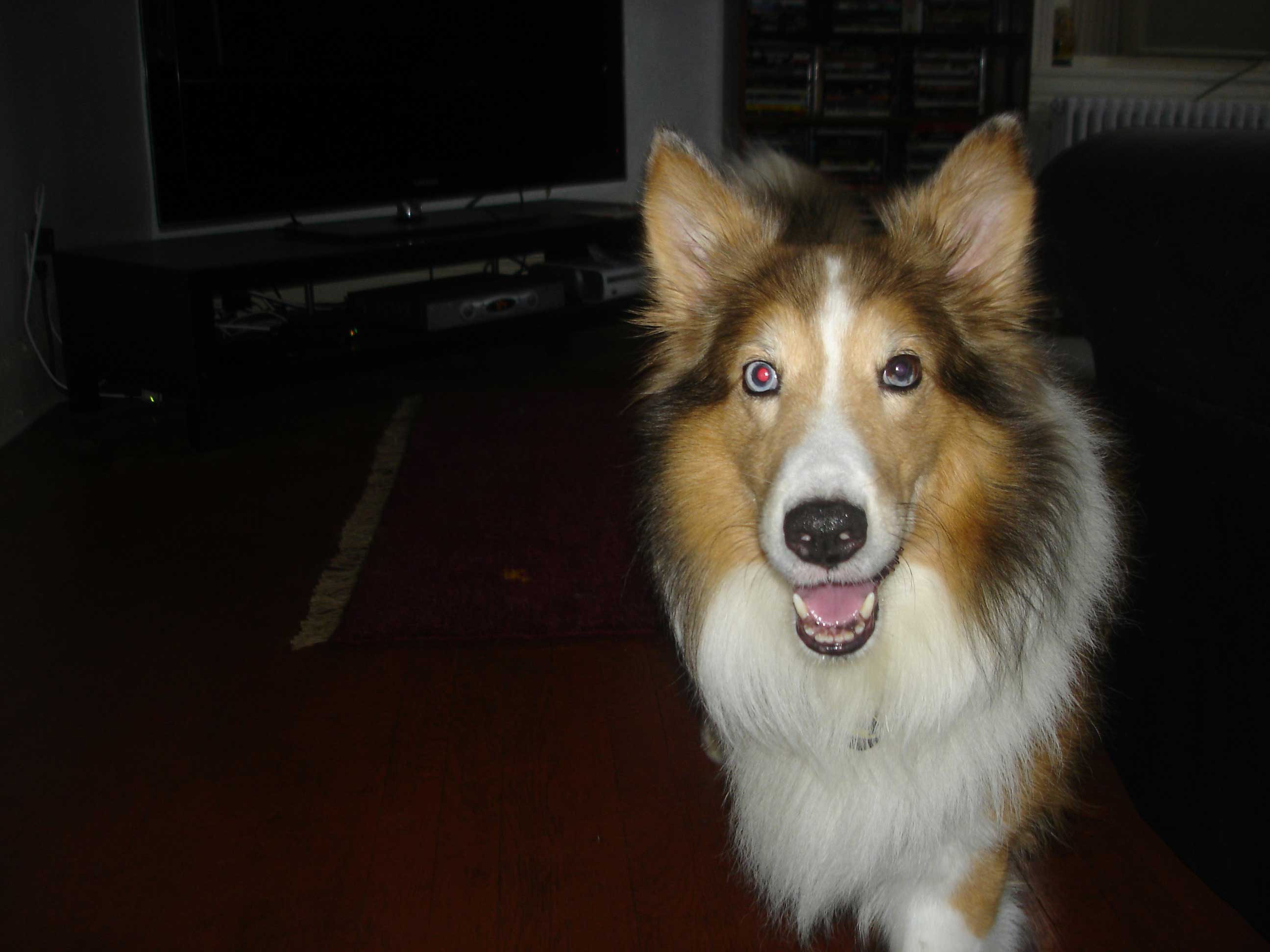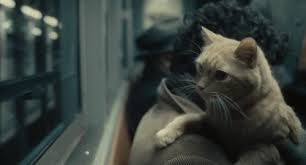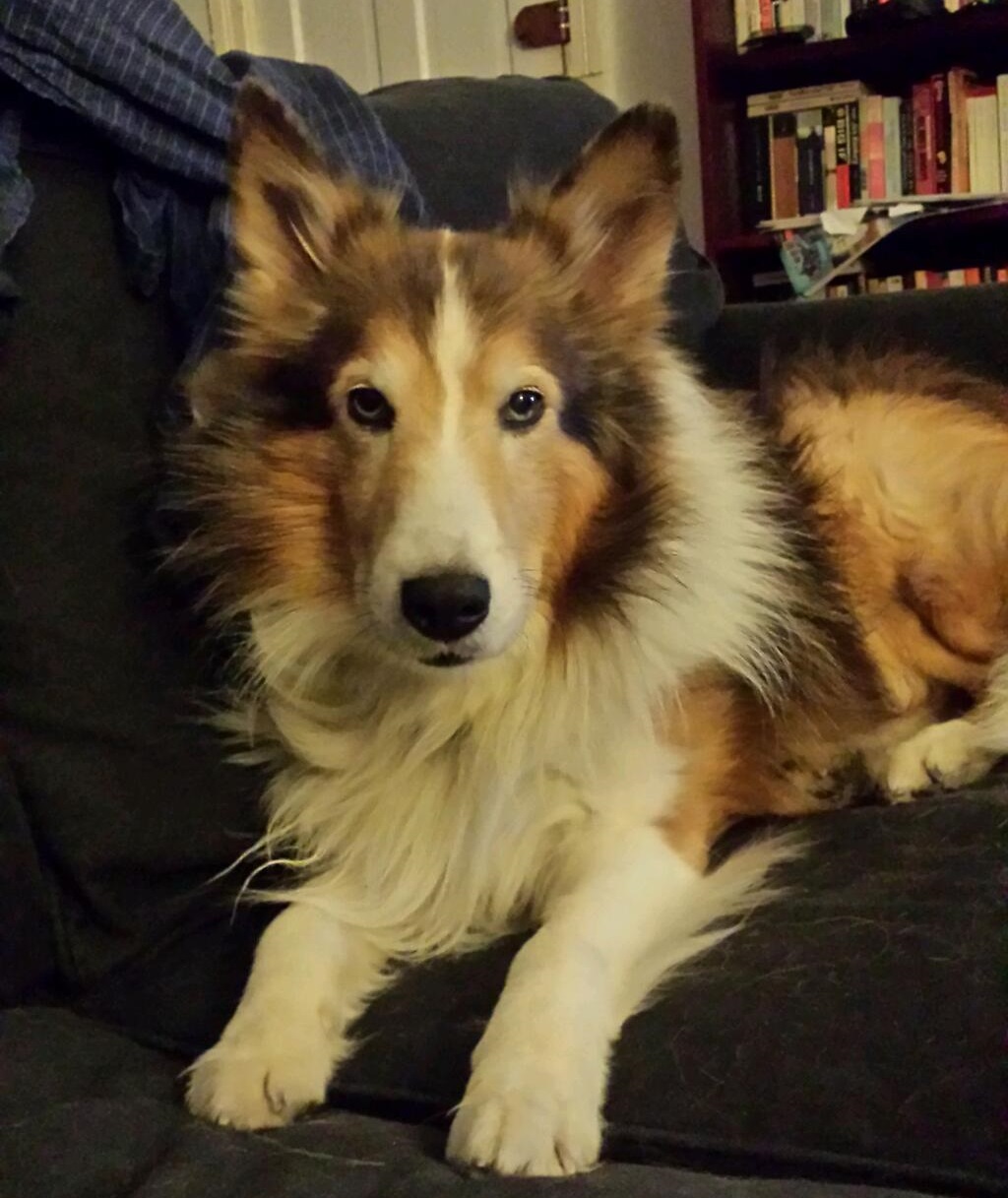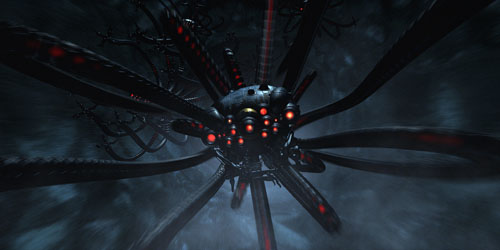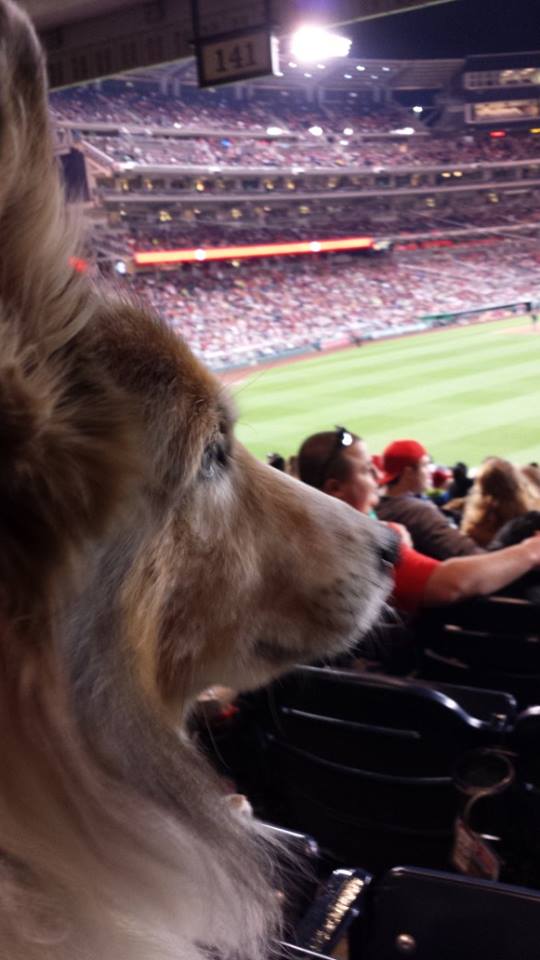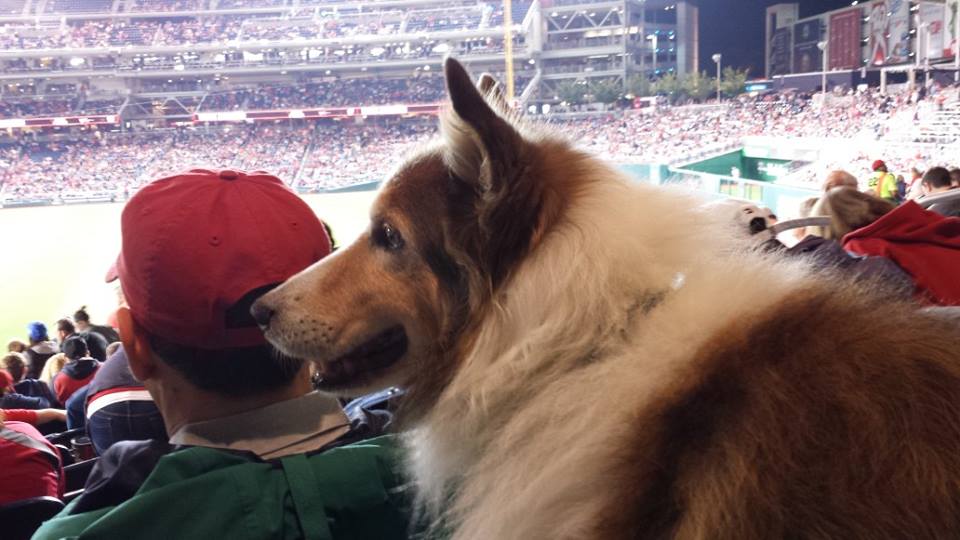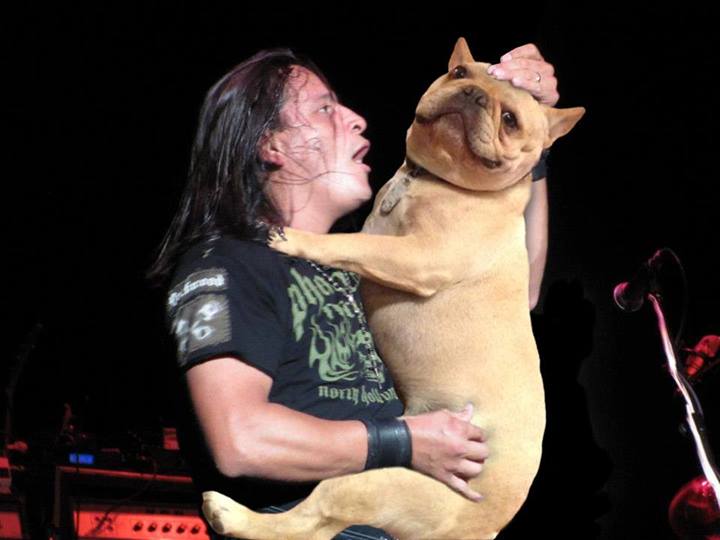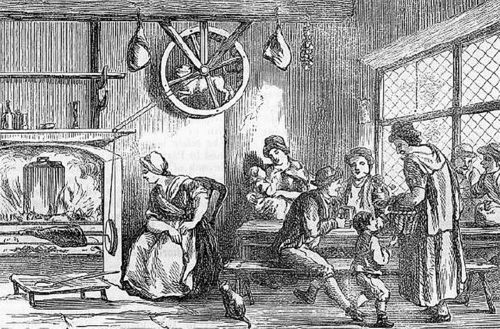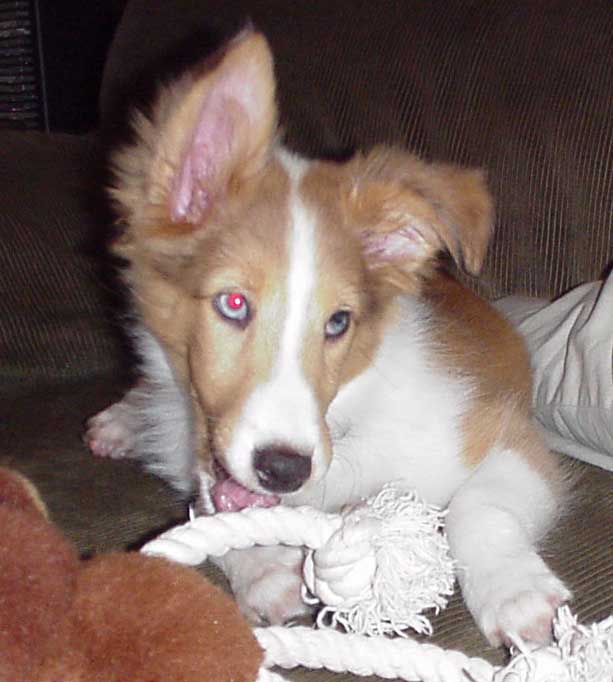
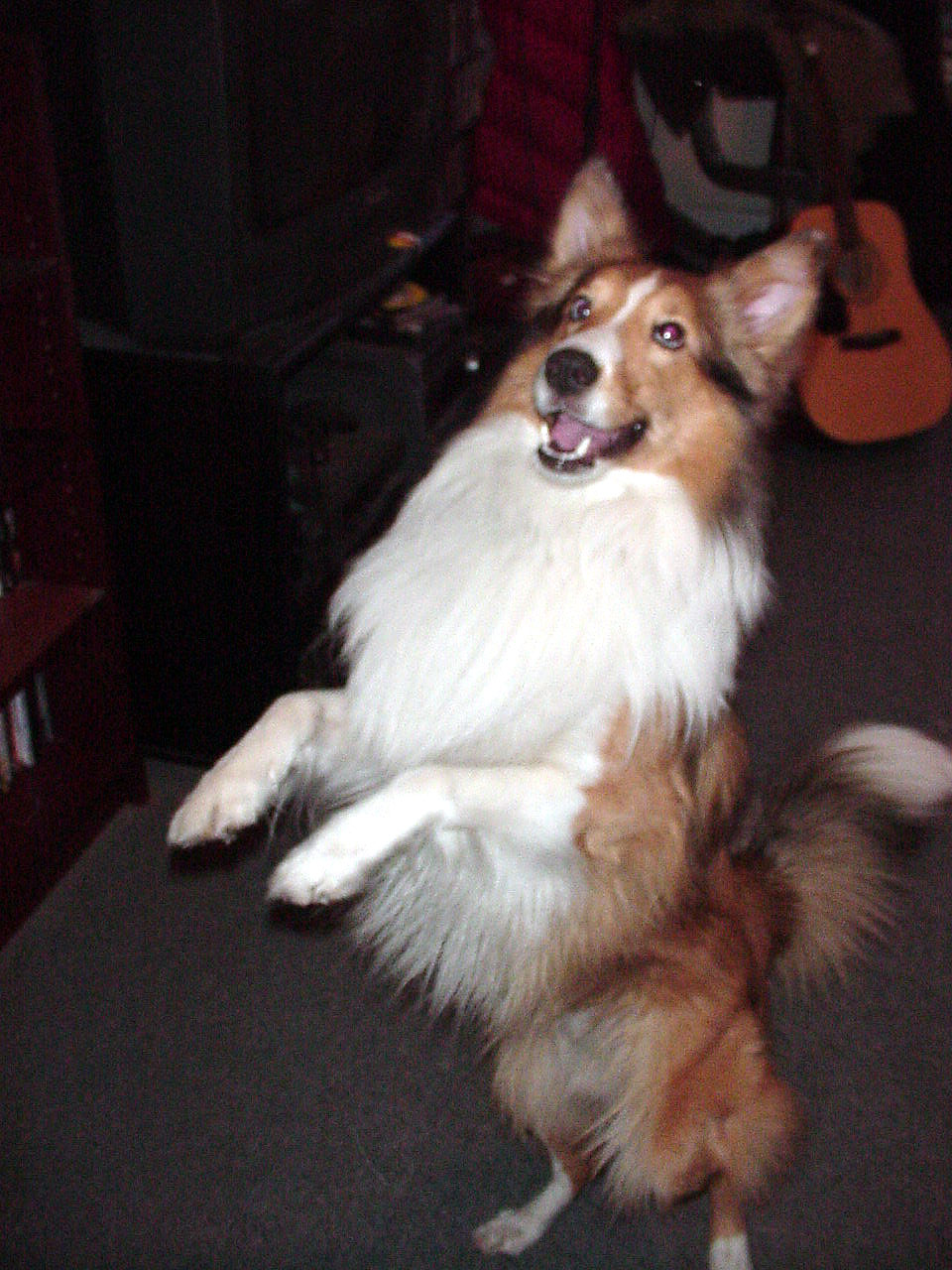
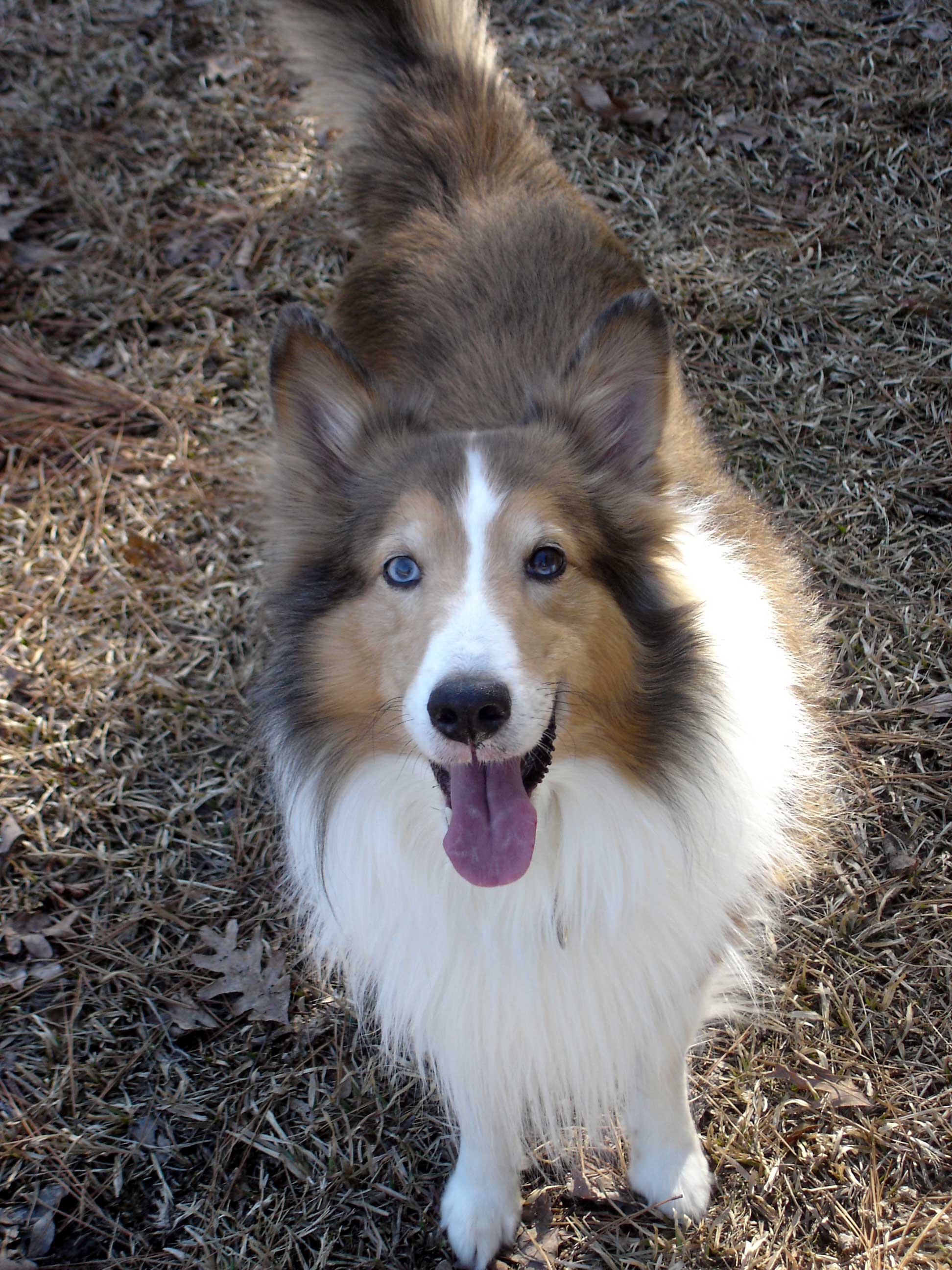
Yesterday morning, two weeks before his 14th birthday,
Berkeley and I went to the vet. This was just for a check-up and a bordetella vaccine, and Berk seemed chipper as always — He was always especially happy and excited when we broke our morning routine to venture somewhere else. I told the vet that I was actually surprised by the good health he’d been in. Since the
bad bite and lost toe in 2012, Berk had been the picture of vitality — Just the night before, we’d played a solid half-hour of “apartment Frisbee.” From what they could tell, the vet agreed — they said his heart seemed normal, his movement lively, his disposition upbeat, his joie de vivre intact. He did have an ear infection in one ear, so they gave me some topical meds for that. I took him home, applied them, scratched him behind his ear, and went to work.
Yesterday evening, I came home from work to find Berk splayed out on the floor, dead for many hours. (His body seemed like it was in a violent position – legs up, head half under the couch. But now that I think about it, what probably happened is he died on the couch, hopefully sleeping, and his body fell off sometime later — hence the contortion when the rictus sent in.) My friend Arjun and I carried his corpse downstairs and drove it to the vet for cremation. In the space of ten hours, he’s gone from being happy to just being gone. Looking out at the snow everywhere this morning, I can’t help but think that this is the type of day he would have loved.

The shock of it all notwithstanding, I know that this a pretty fortunate way for the old man to go. He was happy and in good health — still able to jump to his perch on the table whenever he wanted, still interested in smelling things and exploring the world, still eager for a bite or three of whatever I was having for dinner — on the day he died. Neither of us had to go through the long fade, as it were. And, y’know, he would have been fourteen in two weeks: We had an amazing run together. I knew this day was coming sometime in the relatively near future. I just thought — and hoped — it wouldn’t be today. What do we say to the God of Death? Not today. But today — or yesterday — it was. And now his watch is ended, his perch is empty.
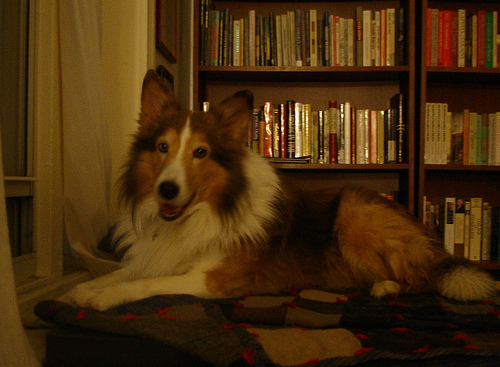 Berkeley was born on February 25th, 2000
Berkeley was born on February 25th, 2000. My ex-wife and I got him
on May 15 of that year. We knew we wanted a sheltie, and I had seen a Mother’s Day sale for them out near Harper’s Ferry. We ended up seeing three or four pups in a barn — three brown-eyed shelties barking and licking our hand, and one blue-eyed one, watching us silently from afar. I knew right away I wanted the introvert.
My ex-wife and I divorced the following year, in 2001. I knew I wanted Berk and gave up all our other (very few) common possessions — Berk coming with me was never really in doubt. And for the next twelve+ years, he was my constant companion and power animal. We’d walk the streets of New York and DC together, spend the weekends in Riverside and Central Park, Dupont Circle and the Mall, and days and nights just hanging around the pad — him circling or on watch.
There was a year or two of grad school there where Berk was the only living entity I had consistent contact with. I remember at least twice in our time together, when I was devastated after a scorched-earth break-up and the general despair of the long-term PhD process, where the only thing I could do for days was stagger around my apartment sobbing, clutching a half-gallon of water so I didn’t completely dry out. Berk would dutifully follow me around, tail wagging, and lick my face dry when I got in a place where he could reach me. Despair or no, there was salt to be had here.
He was a great dog. Lived happy until the day he died.
And he was my best friend. I can think of a lot of times when he felt like my only friend.
RIP, little buddy. I’ll miss you.
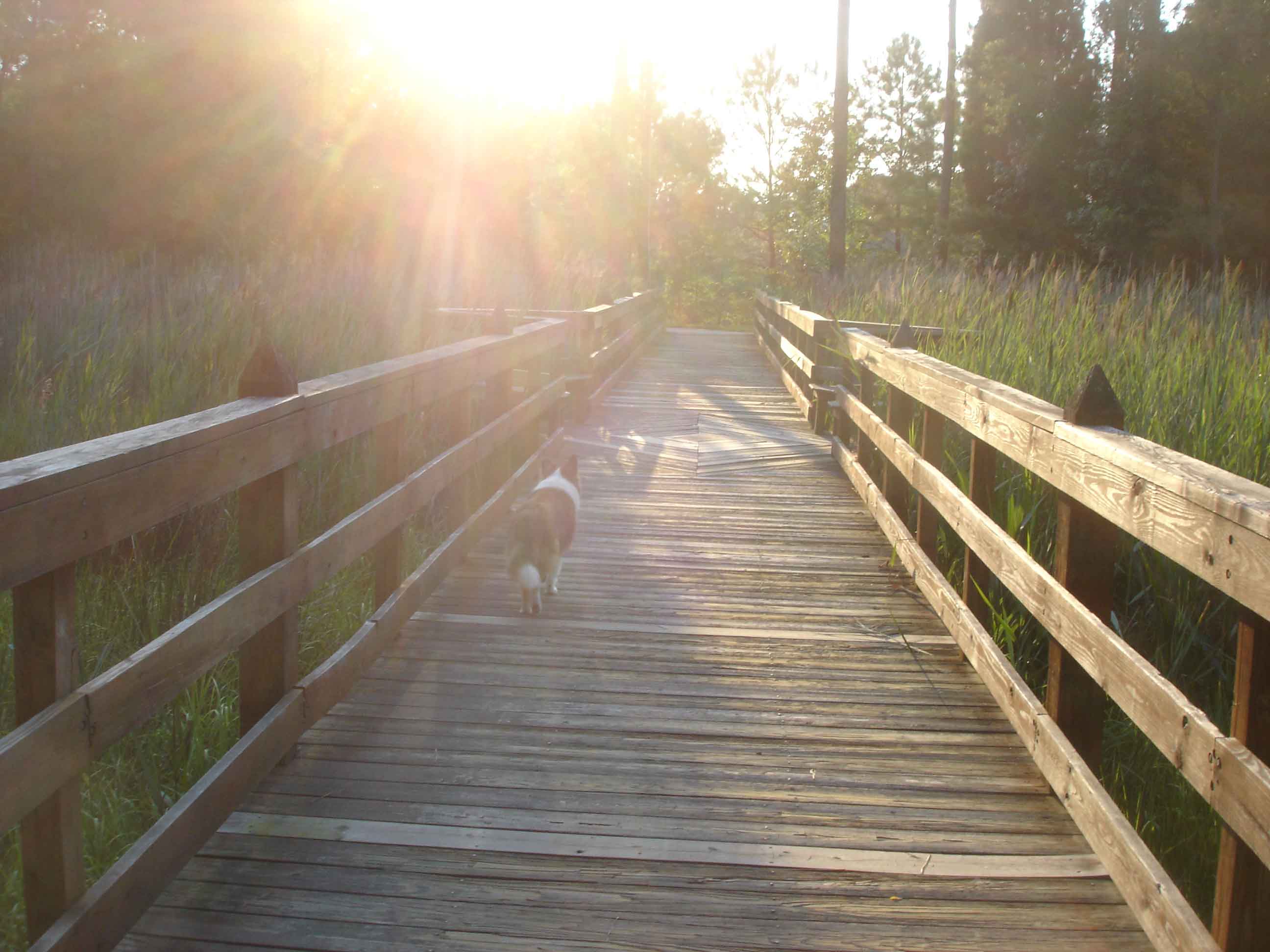 [0, 1, 2, 3, 4, 5, 6, 7, 8, 9, 10, 11, 12.5, 13, 13.5, 13.9, Archives]
[0, 1, 2, 3, 4, 5, 6, 7, 8, 9, 10, 11, 12.5, 13, 13.5, 13.9, Archives]
